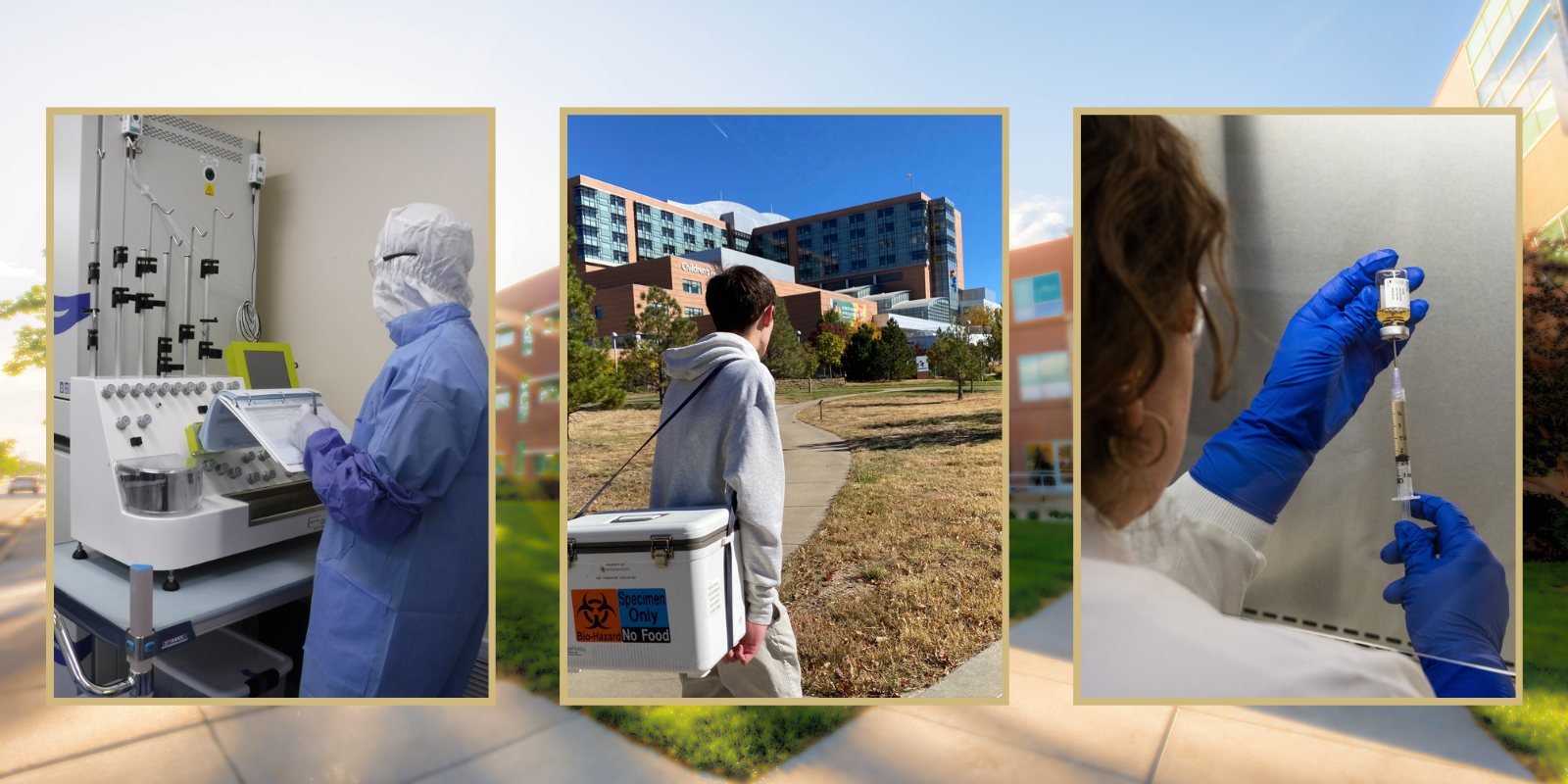In the rapidly evolving field of cell therapy, the transition from research to clinical application is filled with challenges, particularly within Good Manufacturing Practice (GMP) production during first-in-human, early-phase clinical trials. These trials set the groundwork for both safety (primarily) and efficacy (secondarily) as therapies advance toward commercialization. Understanding the operational intricacies involved in manufacturing cell therapy products for these trials is crucial for stakeholders, including sponsors, innovators, investors, and regulatory compliance professionals.
A critical challenge in Phase-I manufacturing is the technology transfer process, where research laboratory protocols are adapted to GMP-compliant production environments. The transfer, analysis of material controls, analytical support, and scale-up must be managed meticulously to iterate and lock the target product profile (TPP) despite the inherent variability in biological materials derived from patient samples. The introduction of variability from patient-derived cellular or tissue materials, coupled with inconsistencies in raw and ancillary materials and supply chain disruptions, adds a layer of complexity that must be managed effectively.
Effective management of manufacturing process design and changes, as well as adherence to regulatory guidance on product comparability and quality risk management, is essential in ensuring that these criteria are met without impacting the product's safety and efficacy. Addressing these issues requires developing robust methods to ensure batch-to-batch consistency amidst biological diversity, necessitating advanced technological solutions and precise process controls.
Regulatory compliance and quality oversight are pivotal in these early-phase trials to ensure patient safety. The U.S. FDA advocates a risk-based approach to Phase-I GMP compliance that allows some procedural flexibility but insist on controls over sterility, cell viability, safety and dose determination assays, and batch consistency.1 Successfully navigating these complexities necessitates not only advanced technological interventions but also a steadfast commitment to compliance at all operational levels.
The Gates Biomanufacturing Facility (GBF), within the Gates Institute, takes a unique approach to technology transfer. We don't just follow protocols; we adapt, innovate, and iterate, customizing our methods to meet the unique challenges of each new therapy. We initiate each project with a forward-looking, risk-based approach. A proactive risk management framework is the cornerstone of our operations. From procuring raw materials that meet regulatory standards to optimizing manufacturing processes and analytical methodologies, defining controls, setting final product release specifications, managing supply chain shortages, selecting suitable sources, conducting phase-appropriate comparability studies, qualifying vendors, receiving patient material and shipping the final product to the clinic – each unit operation is strategically evaluated throughout the product development life cycle at GBF. This bespoke approach with our team's ability to creatively solve problems ensures that we are always prepared at each transition from concept to clinic, making it as smooth as it is successful.
Our quality system is a model of adaptability and flexibility in compliance. We've tailored the systems not merely to react to the challenges but to thrive amidst them. This approach is precisely configured to enforce robust process controls, critical in reducing variability and ensuring reproducible outcomes that meet regulatory expectations. We also implement in-process and release analytical technologies and controls to provide a backbone for continuous compliance, allowing for the tracking of critical process parameters (CPP) and critical quality attributes (CQA). This ensures that each GMP manufacturing batch adheres to predefined safety and quality standards, facilitating immediate corrective actions to maintain compliance throughout the production cycle. Furthermore, our facility is engineered for adaptability to accommodate changes inherent in clinical progression that align with the regulatory standards. This forward-thinking facility design approach is integral to maintaining compliance from technology transfer to the first-in-human clinical development.
Here at GBF, we are dedicated to setting the highest quality and regulatory compliance standards. Together, we champion the art of phase-appropriate compliance, crafting quality systems that are both robust and adaptable. All products that pass through our facility and quality systems exceed the highest safety standards, and each is a testament to our dedication to quality and patient safety, strengthening the trust placed in us by our patients and partners.
References:
- Food and Drug Administration. Current Good Manufacturing Practice for Phase 1 Investigational Drugs, July 2008. https://www.fda.gov/regulatory-information/search-fda-guidance-documents/current-good-manufacturing-practice-phase-1-investigational-drugs. Accessed May 16, 2024.
- Food and Drug Administration. Manufacturing Changes and Comparability for Human Cellular and Gene Therapy Products, July 2023. https://www.fda.gov/regulatory-information/search-fda-guidance-documents/manufacturing-changes-and-comparability-human-cellular-and-gene-therapy-products. Accessed May 16, 2024.
- Food and Drug Administration. Considerations for the Development of Chimeric Antigen Receptor (CAR) T-Cell Products, January 2024. https://www.fda.gov/regulatory-information/search-fda-guidance-documents/considerations-development-chimeric-antigen-receptor-car-t-cell-products. Accessed May 16, 2024.

%20(2).png)


-2.png)